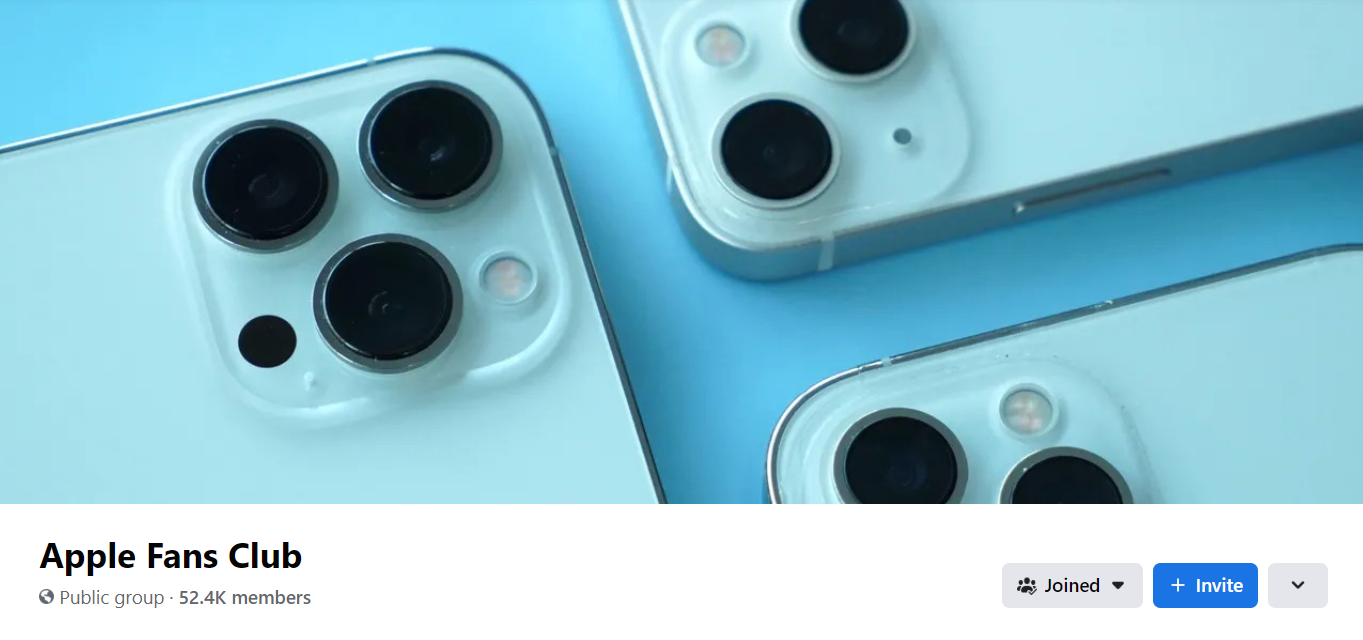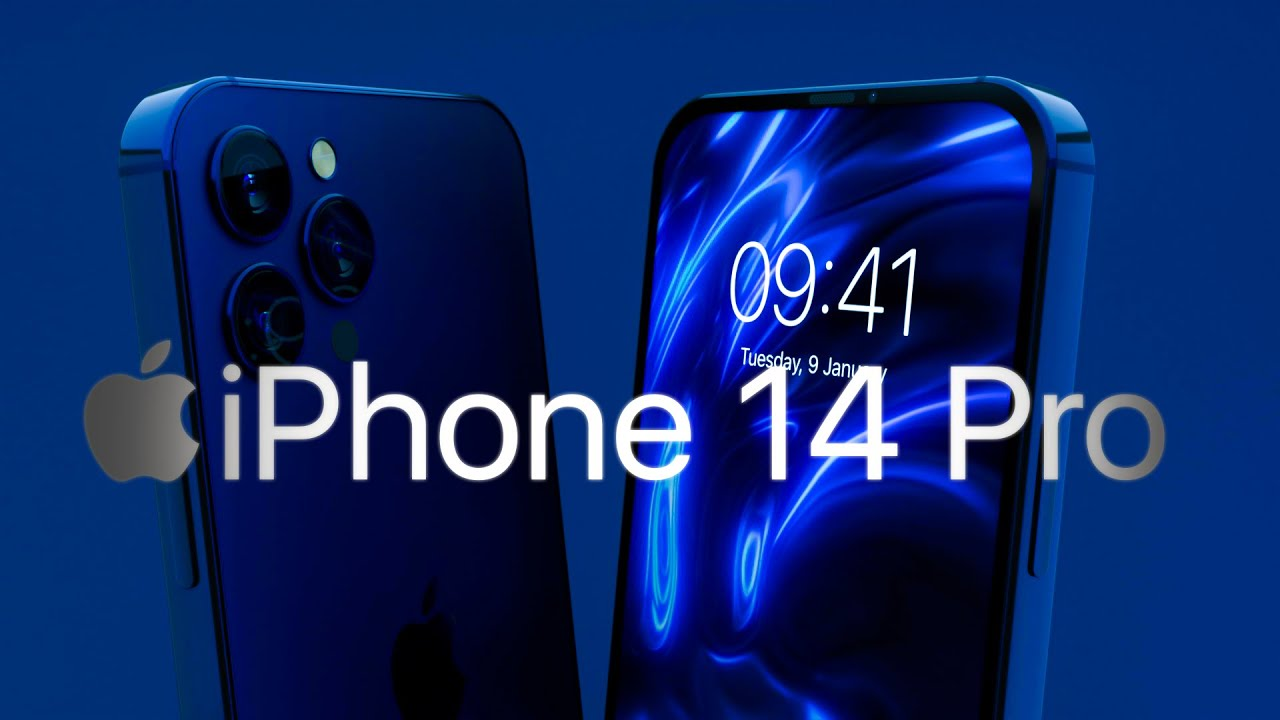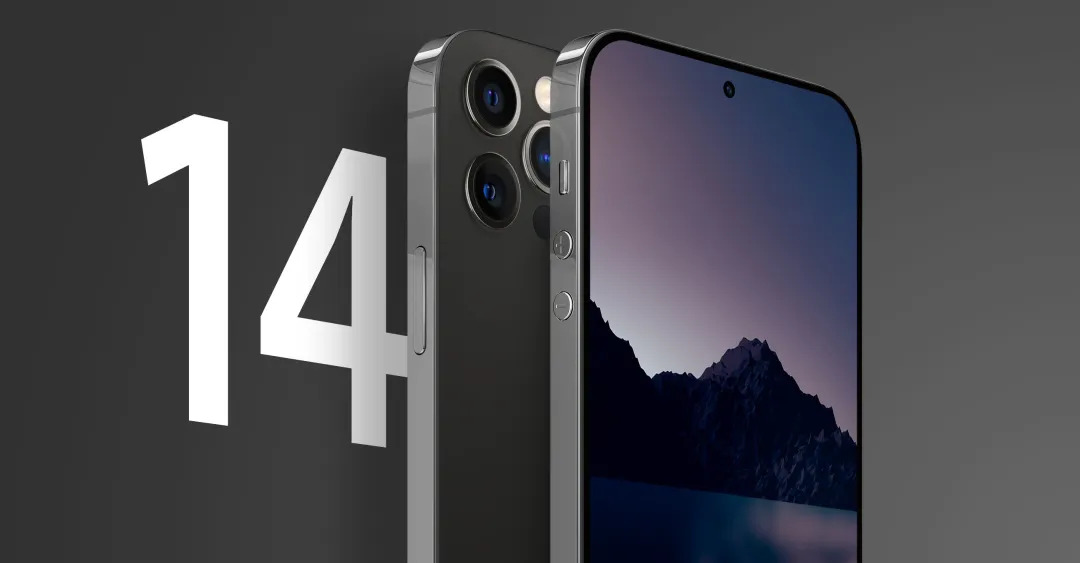The best feature of the iPhone 14 is what Apple didn’t tell you. Apple completely redesigned the internals of the iPhone 14 to make it easier to repair. You can’t see it at all from the outside, but it’s important. This is the most significant design change to the iPhone in a long time. The iPhone 14 Pro and Pro Max models still use the old architecture, so if you’re considering buying a new phone and want a truly durable iPhone, you should continue reading.
The new features and external changes to the iPhone 14 are so slight that The Verge suggested it should have been called the iPhone 13S, saying “The iPhone 13, which came out a year ago and Apple is still selling, is nearly identical to the 14.”
But that’s actually not true—though almost nobody had any way of knowing. Apple didn’t mention the secret redesign in their keynote. If reviewers had disassembled the phone, they would have discovered this: The iPhone 14 opens from the front and the back.
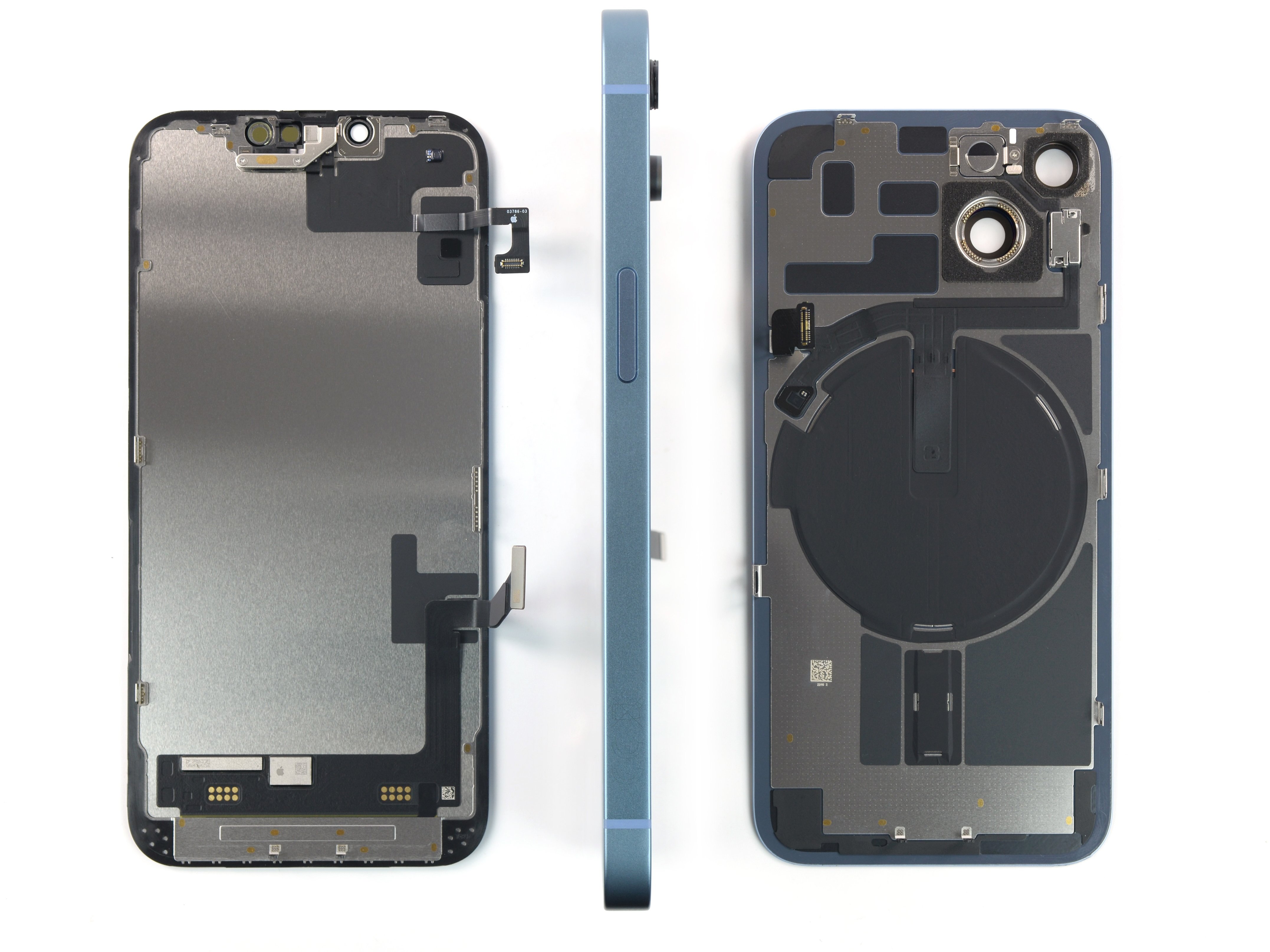
This is the iPhone 14 reborn as a beautiful butterfly—a midframe in the middle, accessible screen on the left, and removable rear glass on the right.
That’s no small feat. The new metal midframe that supports the structure required an entire internal redesign, as well as an RF rethink and an effective doubling of their ingress protection perimeter. In other words, Apple has gone back to the drawing board and reworked the iPhone’s internals to make repair easier. It’s an upgrade so seamless that the best tech reviewers in the world didn’t notice.
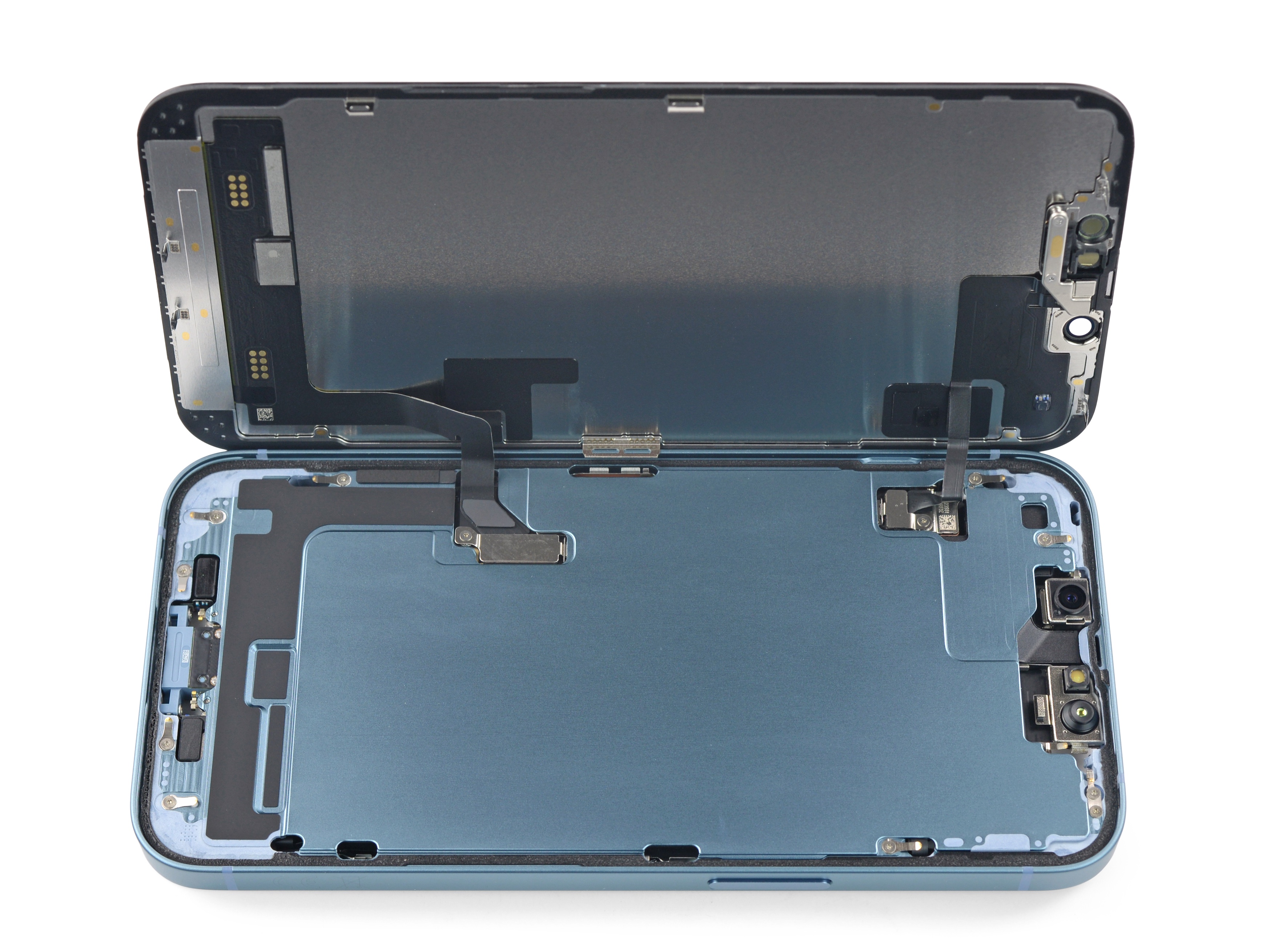
A Brief History of Phones
We’ve written thousands of repair guides for smartphones, so before we dive into the details of the 14, let’s take a bird’s-eye view at the mechanical evolution of smartphones. The iPhone has gone through a few major architectural shifts over the years.
The original phones opened screen first, making screen swaps on the 3G a breeze. But getting at other parts, like the charge port and battery, was a lot harder.
To solve that Apple flip-flopped their approach with iPhone 4, making the phone open back first. That allowed for all kinds of cool aftermarket options like our transparent rear panel (I still think this is pretty badass), but unfortunately made screen swaps a total pain. Apple pivoted back to a (more streamlined) front-entry for the 5, and has stuck with it ever since. Opening the phone screen-first made screen repairs vastly easier, and has generally worked out pretty well, save for one major drawback—we’ll get to that in a minute.
That design is in marked contrast to the rest of the phone industry. Almost every Android phone opens from the back. Ever since the Galaxy S6, the iPhone’s nemesis has had a glued on back panel. Any repair tech will tell you that screen swaps on the Galaxy are much harder than screen swaps on the iPhone. You have to unglue the back panel, and then systematically work your way all the way through the phone removing components. Once the whole thing is essentially de-manufactured, you’re left with the screen assembly. Then you have to put together your entire phone! It’s quite a process, considering screens are the most common component to repair.
The iPhone 8 Ushered in an Era of Pain
From our perspective, the iPhone’s design has optimized fast Apple store service of two critical components: the screen and the battery. The disadvantage with this front-optimized design, of course, is that it’s hard to swap out the back panel. That wasn’t really an issue until the iPhone 8, when they switched to radio-transparent glass to support wireless charging and NFC payments. Then, with the X, they welded a bulky camera lens cover over that glass.
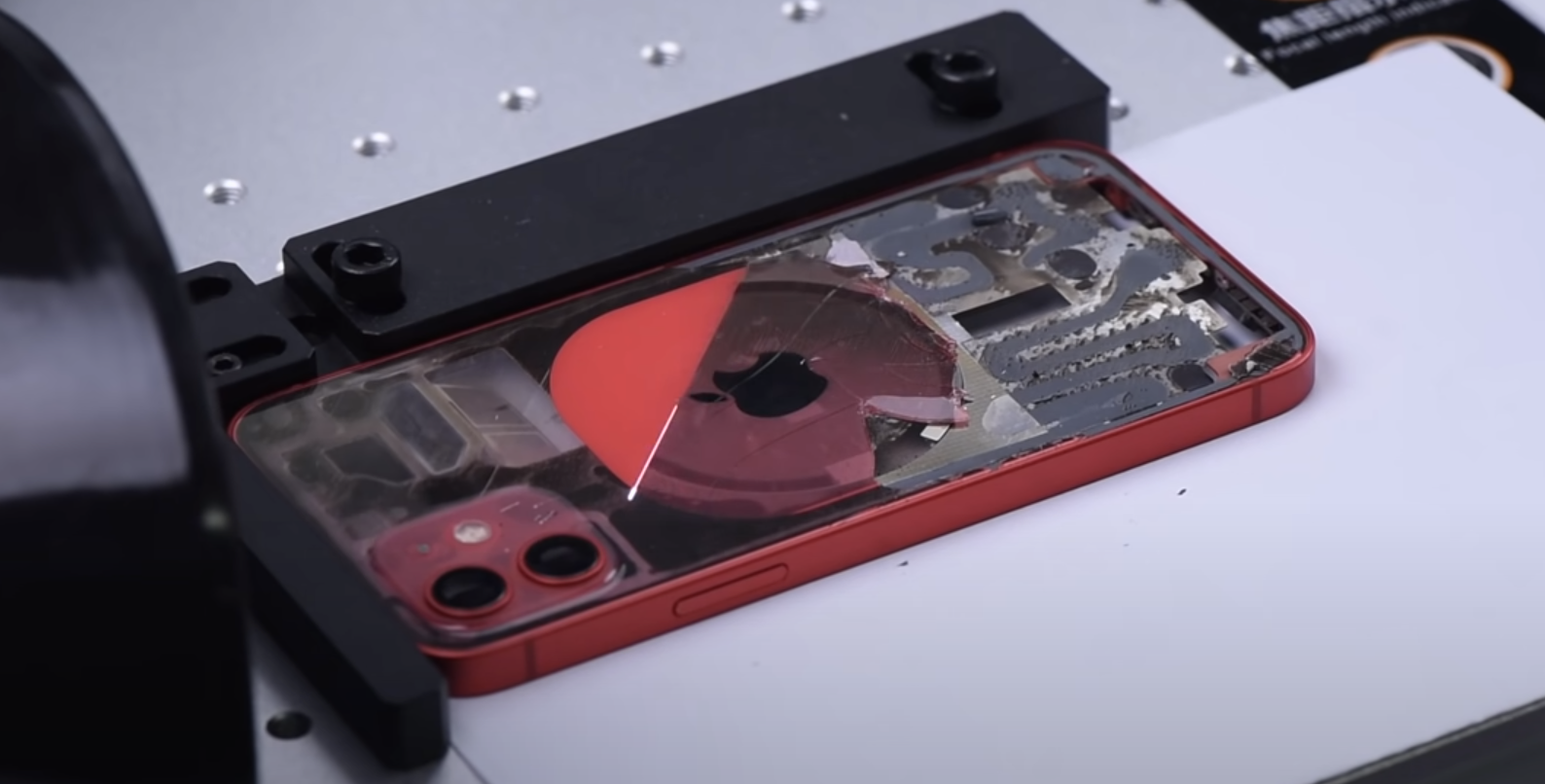
If replacing the screen on a Galaxy phone is hard, changing the back glass on an iPhone X (or 11, or 12, or 13) is murder. The easy part is removing every single component from the phone. Seriously, you don’t want to leave any parts in there because the process is pretty rough on the hardware. The adhesive holding the back glass down is so powerful that none of our usual techniques of prying, heat, or chemicals budge it. Repair shops deploy a variety of aggressive shattering and scraping techniques to remove the glass while carefully working around the welded camera bezels. The “easiest” way uses a laser to systematically raster-vaporize the adhesive before then shattering and scraping the glass shards off with razor blades and cutting tools. At the very least, heavy duty gloves are required equipment if you don’t want to slice your hands open. Resultantly, this is not really a viable process for DIYers. I’ve never done it, and hope I never have to.
A Bold New Approach: 14th Time’s the Charm
Enter the iPhone 14. The back glass is simply secured with two screws and a single connector. Apple has seemingly used a slightly less aggressive adhesive, making opening it up a tad easier than screens of yore. And as a bonus, removing the exact same screws as the back glass gets you access to the screen. Just two screws, and both screen and back glass are immediately accessible. Incredible.
This is a dramatic rethinking of the phone, and the new approach impacts most aspects of the design. Adding a whole new opening surface introduces a world of engineering challenges. There’s twice as much perimeter to seal against water, lots of radio frequency complications, and a whole world of parts changes.
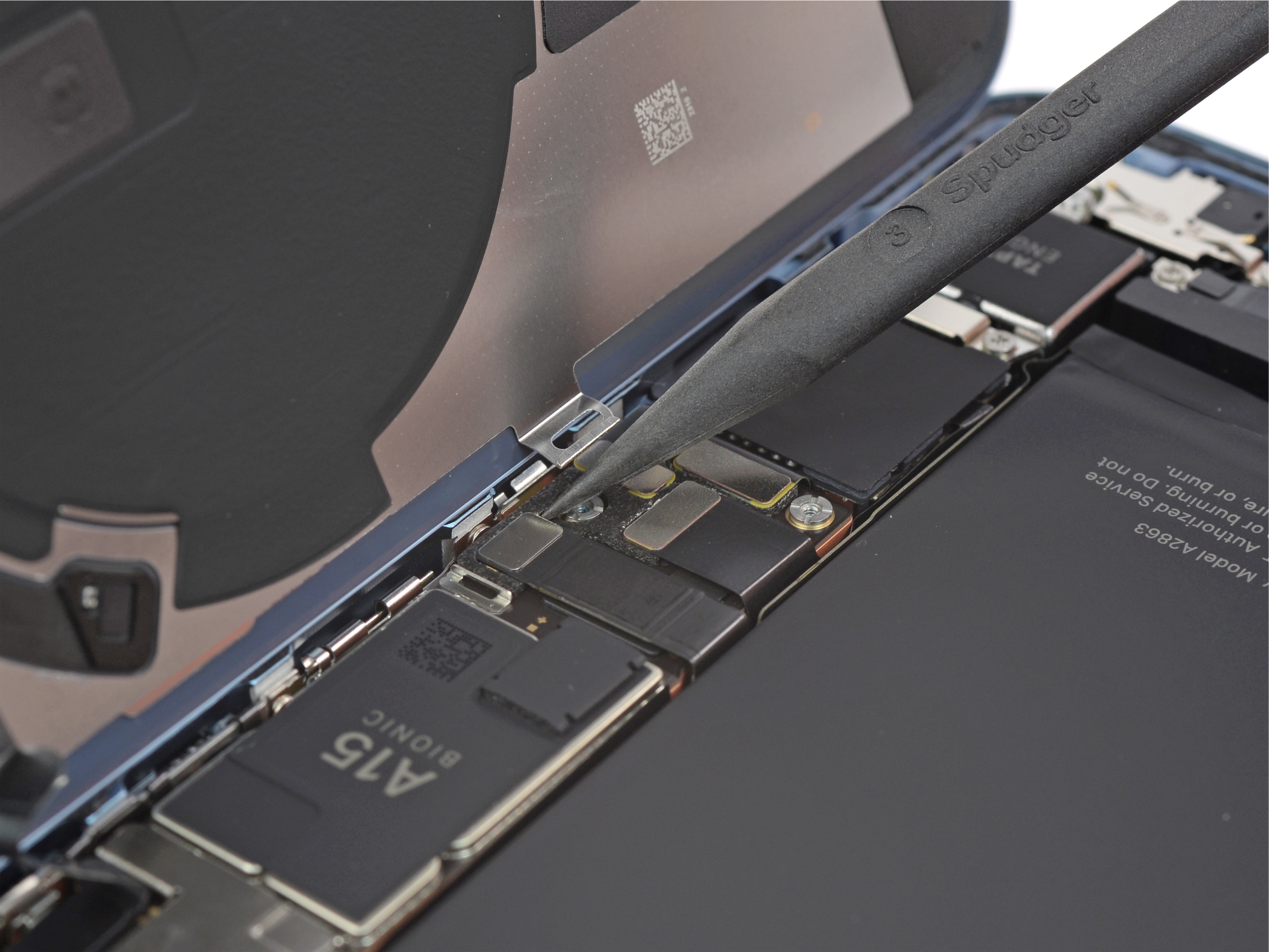
Any time you glue or weld something together, it’s easier to achieve thinness and durability targets. We’ve long said that designers could get all of the design features and functionality they’re looking for, as well as repairability, if they just put in a little more effort to avoid the glue. Well this time, Apple put in the effort.
There’s a new midframe behind the screen that all the internal components are mounted onto. The incredible wealth of antennas that make modern 5G + GPS + Wifi + Bluetooth + satellite signaling all work in one device require extensive grounding. Ten new electromagnetic interference fingers connect to contact points spaced across the rear panel to preserve grounding that was previously accomplished with welds.
Achieving the high levels of durability that we all expect is an incredible engineering challenge. When you drop an iPhone 13, its metal frame absorbs that shock, transmitting and spreading the force across the glued-in battery and sturdily adhered rear glass. The iPhone 14 meets this same challenge, but achieves the required torsional rigidity in a totally different way. A new midframe sits between the display and the guts of the phone and takes the brunt of force distribution across the frame and battery.
Another design challenge is the number of components that are integrated into the display assembly. Historically, these have included the Face ID sensor, the speaker, and the ambient light sensor. We noticed in the 13 Pro that Apple had relocated the earpiece speaker and front-facing camera from the display to the mainframe. At the time, we appreciated the move as incrementally increased modularity, but we didn’t quite understand the rationale. Now it appears it laid the groundwork for a vastly improved design.
A Few New Features
The advertised flagship features of the iPhone 14 are satellite-powered SOS, an upgraded camera, and a missing SIM card slot. We’ll dive into more detail with our iPhone 14 Pro Max teardown, but here are some board shots while you wait.
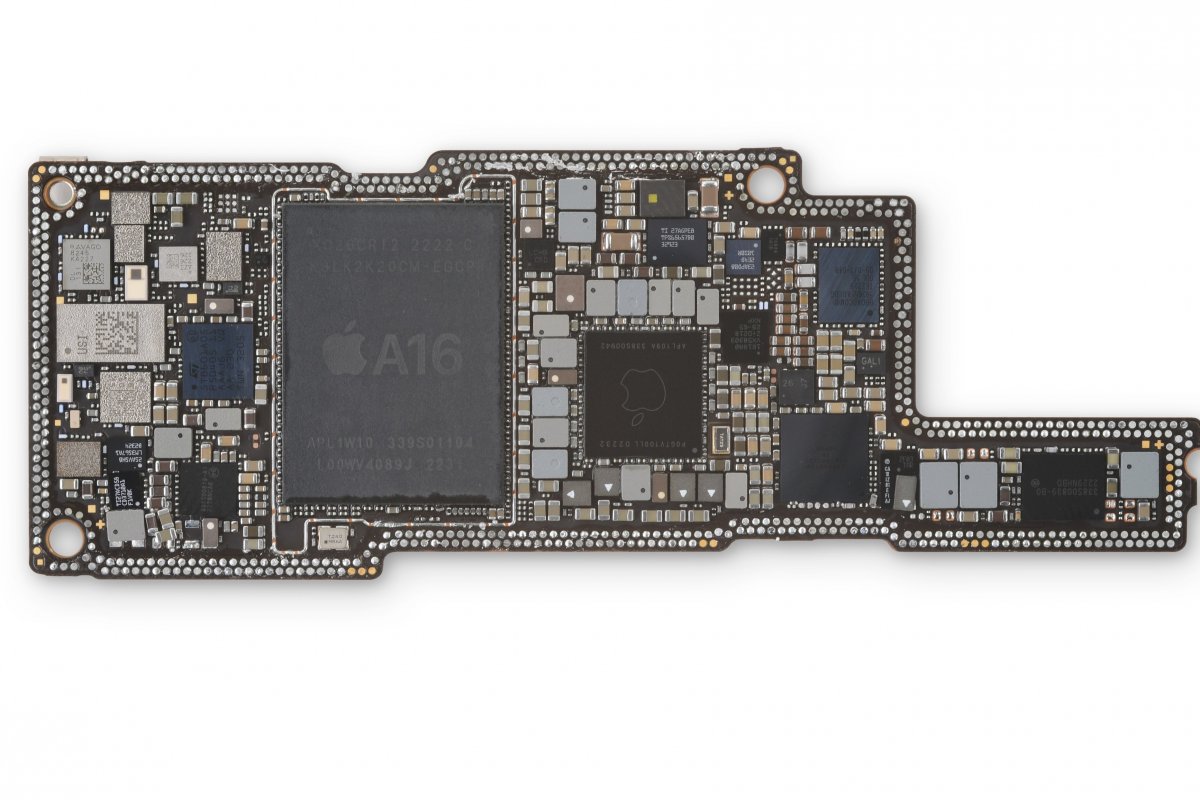
Apple’s pursuit of density is unparalleled. The iPhone 14 Pro Max logic board features the A16 processor, which is an incremental 10-15% performance advancement over the 14’s A15.
The Bottom Line
This is the most substantial iPhone redesign since the X. It’s hard to understate how big a change this is. For a reference point, Samsung hasn’t changed their phone architecture since 2015.
So, with the biggest update in years, we’re upgrading the iPhone 14 to a repairability score of 7 out of 10. That’s the best score we’ve given an iPhone since the iPhone 7. This is the most repairable iPhone in years.
This is such a big deal that it should have been Apple’s big announcement—the iPhone has been redesigned from the inside out to make it easier to repair. In fact, just days before we started this teardown, iFixit’s very own Sam Goldheart argued that in this day and age, a product launch shouldn’t just rattle off tiny new features. Why isn’t Tim Cook bragging about repairability? We had no idea this was coming, because Apple didn’t mention it—at all. But they should have.
This design improvement is a big win. These changes to the iPhone will help it last longer and reduce its overall impact on the planet. With any luck, it will inspire other manufacturers to follow suit.
All of our—and your—work has paid off. Our advocating, lobbying, yelling in the streets. We’ve convinced Apple’s design team that repairability matters. Now we need your help to convince their marketing team to talk about it when they take the biggest stage in tech.
If you’re trying to decide whether to go with the 14 or the Pro or Pro Max, from a repairability perspective the answer is clear: It’s the 14 all the way. Let’s hope this advanced design becomes the standard across the iPhone 15 lineup.
Read more articles: https://www.facebook.com/RedTomElectronics/
If you have more ideas to discuss with us, welcome to join our Apple Fans Club on Facebook.


